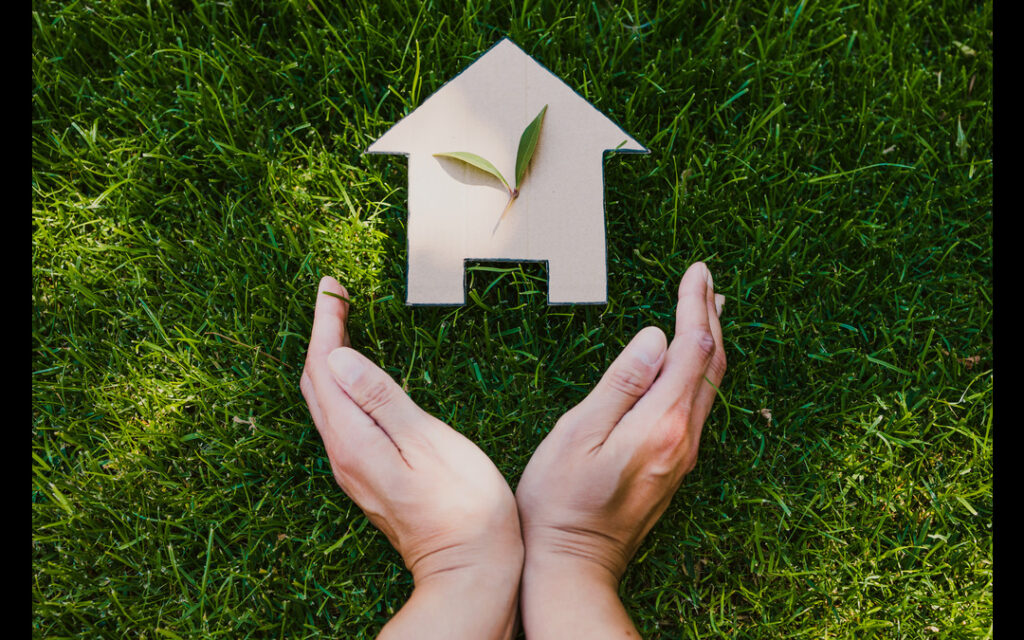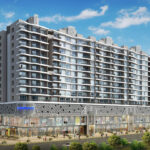
Welcome to our comprehensive blog, where we delve into the exciting world of green and energy-efficient homes. As real estate developers, we recognize the increasing importance of sustainable living and its positive impact on the environment. In this article, we will explore the concept of affordable sustainability solutions and shed light on how green homes can be both eco-friendly and budget-friendly. Join us on this in-depth journey as we explore the key features, environmental benefits, cost-effectiveness, and government incentives associated with these remarkable dwellings.
The Rise of Green Homes
In recent years, there has been a remarkable rise in the demand for green homes due to the growing awareness of environmental issues. These eco-friendly dwellings are designed to minimize their negative impact on the planet while maximizing energy efficiency. By incorporating sustainable materials, energy-saving technologies, and eco-friendly practices, green homes offer a greener alternative to traditional housing.
Key Features of Green Homes
- Energy-Efficient Designs: Green homes employ intelligent architectural designs to optimize energy consumption. Features such as well-insulated walls, energy-efficient windows, and efficient HVAC systems reduce energy waste and lower utility bills. The strategic placement of windows and skylights allows for natural light to illuminate the space, reducing the need for artificial lighting during the day.
- Renewable Energy Integration: The integration of renewable energy sources, such as solar panels and wind turbines, allows green homes to generate clean energy on-site. This not only reduces reliance on fossil fuels but also decreases energy costs over time. Homeowners can take advantage of net metering programs, where excess energy generated can be sold back to the grid, further offsetting their electricity expenses.
- Sustainable Materials: Green homes prioritize the use of sustainable building materials, such as recycled or reclaimed wood, low VOC paints, and energy-efficient appliances. These choices minimize the carbon footprint of the construction process and promote a healthier indoor environment for the occupants.
Environmental Benefits of Green Homes
- Reduced Carbon Footprint: The energy-efficient features and renewable energy systems in green homes significantly reduce carbon emissions. By opting for sustainable living, homeowners actively contribute to mitigating climate change and protecting the environment for future generations.
- Conservation of Resources: Green homes are designed to maximize resource efficiency. Water-saving fixtures, rainwater harvesting systems, and greywater recycling allow for responsible consumption and preservation of our precious natural resources. This not only reduces the strain on local water supplies but also lowers water bills for homeowners.
- Improved Indoor Air Quality: Traditional homes often contain materials and finishes that release harmful chemicals into the air, leading to poor indoor air quality. In contrast, green homes prioritize low VOC paints, non-toxic building materials, and proper ventilation systems, ensuring healthier indoor air for the occupants. This promotes a better quality of life and reduces the risk of respiratory issues.
Cost-Effectiveness of Green Homes
- Lower Energy Bills: The energy-efficient design and renewable energy systems in green homes lead to substantial savings on utility bills. Homeowners can enjoy reduced energy costs and allocate those savings toward other important aspects of their lives, such as education, travel, or savings for the future.
- Increased Property Value: Green homes have a higher resale value due to their appeal and growing demand. Their sustainable features and reduced environmental impact make them desirable investments for potential buyers, offering an excellent return on investment. Buyers are increasingly considering long-term savings and sustainability factors when purchasing a home, making green homes more attractive on the market.
- Maintenance Savings: Green homes often require fewer repairs and maintenance compared to traditional homes. The use of high-quality, durable materials and energy-efficient systems translates into fewer replacements and repairs, saving homeowners both time and money in the long run.
Government Incentives and Financing Options
To encourage the adoption of green homes, many governments and financial institutions offer incentives and financing options. These initiatives aim to make sustainable living more accessible and affordable for homeowners. Examples include tax credits for installing renewable energy systems, reduced interest rates on green mortgages, and grants for energy-efficient home upgrades. These programs not only help homeowners offset the initial costs but also contribute to the overall affordability of green homes.
Conclusion
Green and energy-efficient homes provide affordable sustainability solutions, offering numerous benefits for both the environment and homeowners. From lower energy bills and increased property value to reduced carbon emissions and improved indoor air quality, these dwellings showcase a smarter way to live. As real estate developers, Kundan Spaces is committed to building a sustainable future and invite you to join us on this exciting journey toward affordable, eco-friendly living. Embrace green homes and make a positive difference while enjoying the comfort, savings, and peace of mind they provide.







